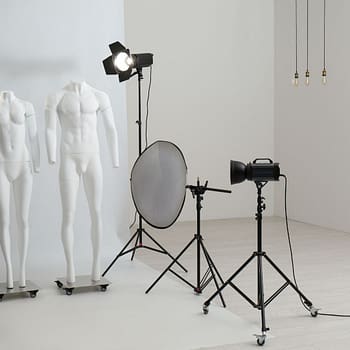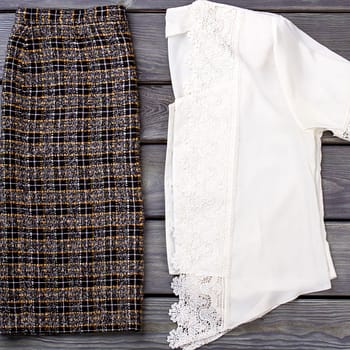Understanding Modelling Photography: A Comprehensive Guide
Modelling photography is a fascinating niche within the realm of photography that focuses on capturing images of models for various purposes, such as fashion, advertising, and editorial spreads. It requires a unique set of skills and techniques to bring out the best in the models while conveying a specific message or showcasing a particular product or concept. In this guide, we’ll delve into what modelling photography entails and the essential elements involved.
Modelling photography demands a high level of expertise from the photographer. They must possess a deep understanding of lighting, composition, posing techniques, and the ability to direct models effectively. Expertise in this field often comes through years of experience, continuous learning, and the honing of skills. Photographers specialising in modelling photography often undergo training, attend workshops, and stay updated with the latest trends and techniques in the industry to deliver high-quality results.
To establish authoritativeness in modelling photography, photographers need to showcase a strong portfolio demonstrating their proficiency in capturing compelling images of models. This includes showcasing a diverse range of styles, settings, and concepts to highlight their versatility and creativity. Additionally, photographers can establish authority by collaborating with reputable brands, agencies, and publications within the fashion and modelling industry. Positive reviews, testimonials, and recognition from peers and industry experts also contribute to building authority and trustworthiness.
Building trustworthiness in modelling photography involves maintaining transparency and professionalism in all aspects of the photographer-client relationship. This includes clear communication about project expectations, pricing, usage rights, and deliverables. Photographers should also prioritise the well-being and comfort of the models during shoots, ensuring a safe and respectful working environment. Adhering to industry standards and ethical guidelines further enhances trustworthiness and fosters long-term relationships with clients and models alike.
Key Elements of Modelling Photography:
- Concept Development: Before the shoot, photographers work closely with clients to develop a clear concept or vision for the images. This includes determining the mood, style, and message they want to convey through the photographs.
- Casting and Model Selection: Choosing the right models is crucial in modelling photography. Photographers consider factors such as the model’s look, body type, and experience to ensure they align with the desired concept and brand image.
- Location and Set Design: Whether shooting in a studio or on location, photographers pay attention to the environment and set design to complement the concept and enhance the overall aesthetic of the images.
- Lighting and Equipment: Proper lighting is essential in modelling photography to accentuate the model’s features and create mood and atmosphere. Photographers utilise various lighting techniques and equipment, such as strobes, reflectors, and modifiers, to achieve the desired effect.
- Posing and Direction: Photographers play a crucial role in directing models during the shoot, guiding them on posing, expression, and body language to achieve natural and dynamic results.
- Post-Processing: After the shoot, photographers utilise post-processing techniques such as retouching, colour grading, and editing to enhance the final images and ensure they meet the client’s specifications.
Modelling photography is a dynamic and creative field that requires a combination of technical skill, artistic vision, and professionalism. Whether capturing the latest fashion trends, promoting products, or telling compelling stories, modelling photography continues to be a vital aspect of visual communication in today’s digital age.




